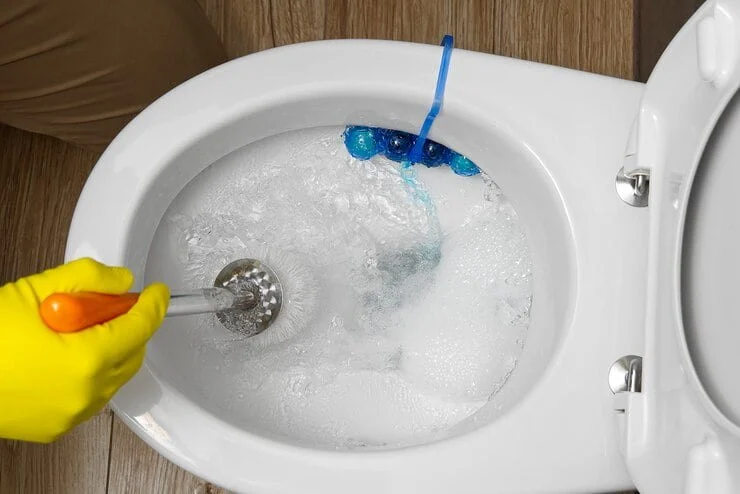
What to Do When a Toilet Overflows Frequently
- 1 - Identify the Cause of the Overflow
- 2 - Turn Off the Water Supply
- 3 - Check for Blockages
- 4 - Maintain the Plumbing System
- 5 - When to Call a Plumber
Having a toilet that overflows frequently is not just frustrating—it can lead to significant water damage if not addressed quickly. A frequently overflowing toilet is a common plumbing issue, but understanding why it’s happening and knowing what steps to take can help prevent further problems. In this article, we will walk you through the key steps to take when your toilet overflows often, along with tips on how to prevent this issue in the future. If you need professional help, consider visiting Plumbers Supply Hub for reliable plumbing products and services.

National Plumbing & Rooter
Los AngelesLos Angeles CountyCalifornia
17216 Saticoy St, Van Nuys, CA 91406, USA
1. Identify the Cause of the Overflow
The first step in resolving a frequent toilet overflow is to identify the cause. Some common causes of toilet overflows include:
- Clogged Drain: The most common cause is a blocked drain that prevents water from flowing freely through the toilet. This can be due to waste or toilet paper accumulation, or even foreign objects accidentally flushed.
- Malfunctioning Flapper Valve: If the flapper valve is damaged or not sealing properly, it can cause the toilet to overfill and overflow, as the tank will keep refilling.
- Ventilation Issues: A blocked vent stack can lead to drainage problems, causing frequent overflows as the waste cannot move properly through the pipes.
Identifying the underlying cause is crucial for finding an effective solution. Once you have an idea of the cause, you can take the appropriate steps to fix it.

Roto-Rooter Plumbing and Drain Cleaning Services
742 Memorial Dr, Danville, VA 24541, USA
2. Turn Off the Water Supply
If your toilet is overflowing, the first thing you should do is turn off the water supply to prevent further flooding. The shut-off valve is usually located behind the toilet near the base. Turn the valve clockwise to stop the flow of water. This is an essential first step to avoid more water spilling out of the toilet and causing potential damage to your bathroom and surrounding areas.
3. Check for Blockages
Once the water supply is turned off, it’s time to check for any blockages in the toilet or plumbing. You can start by using a plunger to clear the blockage. Make sure the plunger forms a good seal around the drain and use firm, steady pressure to dislodge any clogs. If the plunger doesn’t work, you may need a toilet auger, which is designed to break up tougher blockages deep inside the pipes.
Another method is to check the drain pipes for any visible obstructions. If the blockage is located further down the pipe or in the main sewer line, you may need professional assistance to clear it effectively.
4. Maintain the Plumbing System
To prevent future overflows, it's important to maintain your toilet and plumbing system. Here are a few tips for regular maintenance:
- Use Proper Flushing Practices: Only flush toilet paper and human waste. Avoid flushing items like wipes, paper towels, or sanitary products, as these can easily clog your pipes.
- Regularly Clean the Toilet: Use toilet cleaners that can break down buildup in the pipes, helping to prevent clogs from forming over time.
- Check the Flapper Valve: Regularly inspect the flapper valve to ensure it is sealing properly. If it becomes worn or damaged, replace it to prevent water from leaking into the bowl and causing overflows.
Keeping your toilet and plumbing in good working order will help prevent future overflows and other plumbing issues.
5. When to Call a Plumber
While many toilet overflow issues can be resolved with a plunger or by clearing blockages, some cases require professional help. If you’ve tried plunging and using a toilet auger without success, or if the overflow continues despite your efforts, it’s time to call a plumber. A plumber can inspect the system for deeper issues such as tree roots in the plumbing, damaged pipes, or vent stack problems that you may not be able to fix on your own.
It’s also a good idea to consult a plumber if your toilet overflows regularly, even after you’ve addressed the visible blockages. A professional can identify any underlying issues with your plumbing system and recommend effective solutions.
To ensure that your plumbing is always in top shape and to prevent future toilet overflows, consider using high-quality plumbing parts and services. For expert advice and reliable plumbing products, visit Plumbers Supply Hub, your trusted source for plumbing solutions.

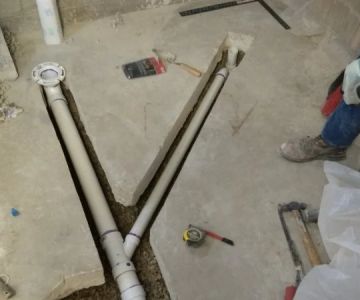





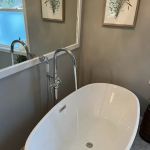 Oakland Plumbing LLC5.0 (17 reviews)
Oakland Plumbing LLC5.0 (17 reviews)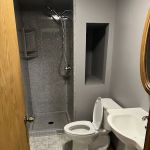 Midwest Plumbing & Service4.0 (7 reviews)
Midwest Plumbing & Service4.0 (7 reviews)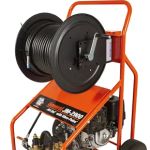 Moberly Plumbing4.0 (117 reviews)
Moberly Plumbing4.0 (117 reviews)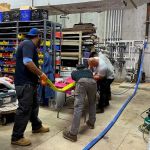 American Trenchless Technologies4.0 (8 reviews)
American Trenchless Technologies4.0 (8 reviews) Tony's Plumbing3.0 (12 reviews)
Tony's Plumbing3.0 (12 reviews)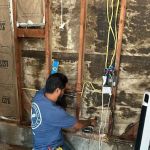 Socal Plumbing Co5.0 (5 reviews)
Socal Plumbing Co5.0 (5 reviews) How to Repair a Hairball Clog Without Harsh Chemicals
How to Repair a Hairball Clog Without Harsh Chemicals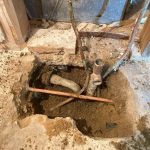 How to Repair a Junction That Is Leaking Under Slab: A Comprehensive Guide
How to Repair a Junction That Is Leaking Under Slab: A Comprehensive Guide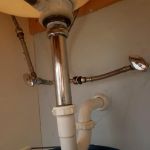 How to Replace a Sink Overflow Tube: A Complete Step-by-Step Guide
How to Replace a Sink Overflow Tube: A Complete Step-by-Step Guide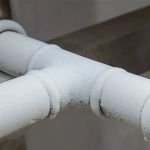 What Causes Frozen Pipes and How You Can Prevent It - Expert Tips
What Causes Frozen Pipes and How You Can Prevent It - Expert Tips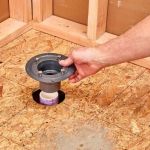 How to Replace a Shower Niche Drain: Step-by-Step Guide for Homeowners
How to Replace a Shower Niche Drain: Step-by-Step Guide for Homeowners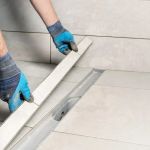 How to Replace an In-Wall Shower Drain: Step-by-Step Guide
How to Replace an In-Wall Shower Drain: Step-by-Step Guide